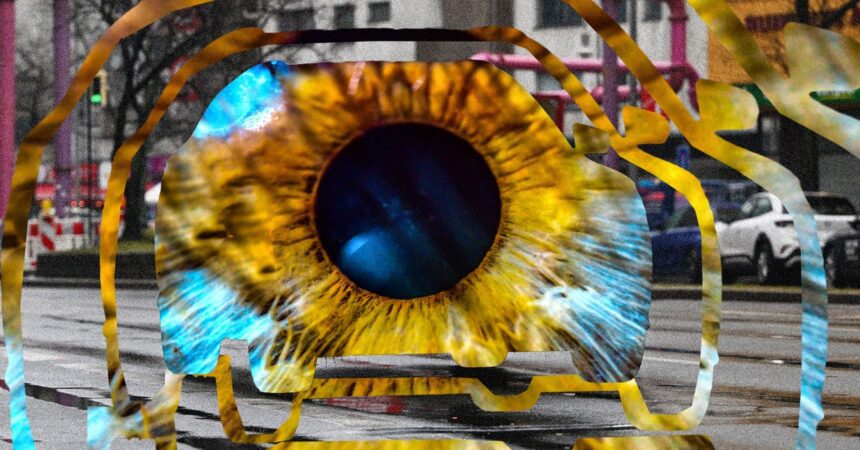Technically speaking, God’s Eye consists of a camera, ultrasonic radar, and a lidar array divided into A, B, and C versions, with A being the most advanced. Its operating software, known as DiPilot, was first introduced in 2020 with the BYD Han and now offers three tiers: DiPilot 100, 300, and 600, categorized as good, better, and best.
The God’s Eye A variant comes equipped with DiPilot 600 and features an array of high-performance cameras and radar, along with front- and side-facing lidar sensors. This premium system will be installed in BYD’s luxury Yangwang electric vehicles, including the U9 supercar. “The footage of the U9 [on the track] was more about showmanship,” asserts Rainford, who is skeptical about any autonomous driving system being able to “make a car’s tires squeal on turns.”
According to Rainford, BYD is playing catch-up in the industry: “2024 is set to be a pivotal year for urban-level autonomous driving technologies in China, with leaders like Li Auto, XPeng, Nio, and Huawei, alongside competitors such as Zeekr, Wey, and even economical brands like Leapmotor entering the fray.”
The God’s Eye B model, featuring DiPilot 300, has an array of cameras, radar, and a single lidar unit. It will be incorporated into Denza, Song, and other premium BYD vehicles. Both the A and B versions of God’s Eye provide Full Self-Driving (FSD)-like L2+ Advanced Driver Assistance Systems (ADAS).
The God’s Eye C, powered by DiPilot 100, includes cameras and radar but lacks lidar, which some might liken to venerating a “God with poor vision,” according to Peter Norton, associate professor of history in the Engineering and Society Department at the University of Virginia, as he shared with WIRED.
“Similar to Tesla’s FSD, operators of God’s Eye C are advised against using it outside of divided highways. However, it’s likely that some BYD users, like some Tesla owners, will attempt to utilize it on regular roadways—sometimes with dangerous outcomes,” notes Norton, who has authored a book on autonomous vehicles. He expresses concern that BYD’s use of religious terminology might foster an unwarranted sense of security. “There’s no indication given to drivers regarding the system’s limitations,” he emphasizes.
Rainford also warns that God’s Eye is not without its flaws. “It’s overly hyped,” he comments, highlighting the overly positive media coverage following last week’s launch. “I tested DiPilot 100 last year on the BYD Song L, and it fell short, necessitating lever-activated passes. Even on highways, it didn’t come close to the top contenders in China.”
While currently not permitted in China, some believe Tesla’s FSD technology is technically behind as it solely relies on cameras and AI, eschewing lidar and other sensory inputs.
“Tesla has been exaggerating the capabilities of its technology for years,” noted Michael Brooks, executive director of the nonprofit Center for Auto Safety, in a statement to NPR last month. “And many people buy into that hype. They become ensnared in the belief that this is an autonomous vehicle, as promoted on social media.”
Musk has been making promises about fully autonomous vehicles since at least 2016. During a Tesla shareholder meeting last year, he asserted that the mileage driven by FSD without human input was increasing. “We’re moving towards unsupervised full self-driving at a rapidly accelerating pace,” Musk claimed.










